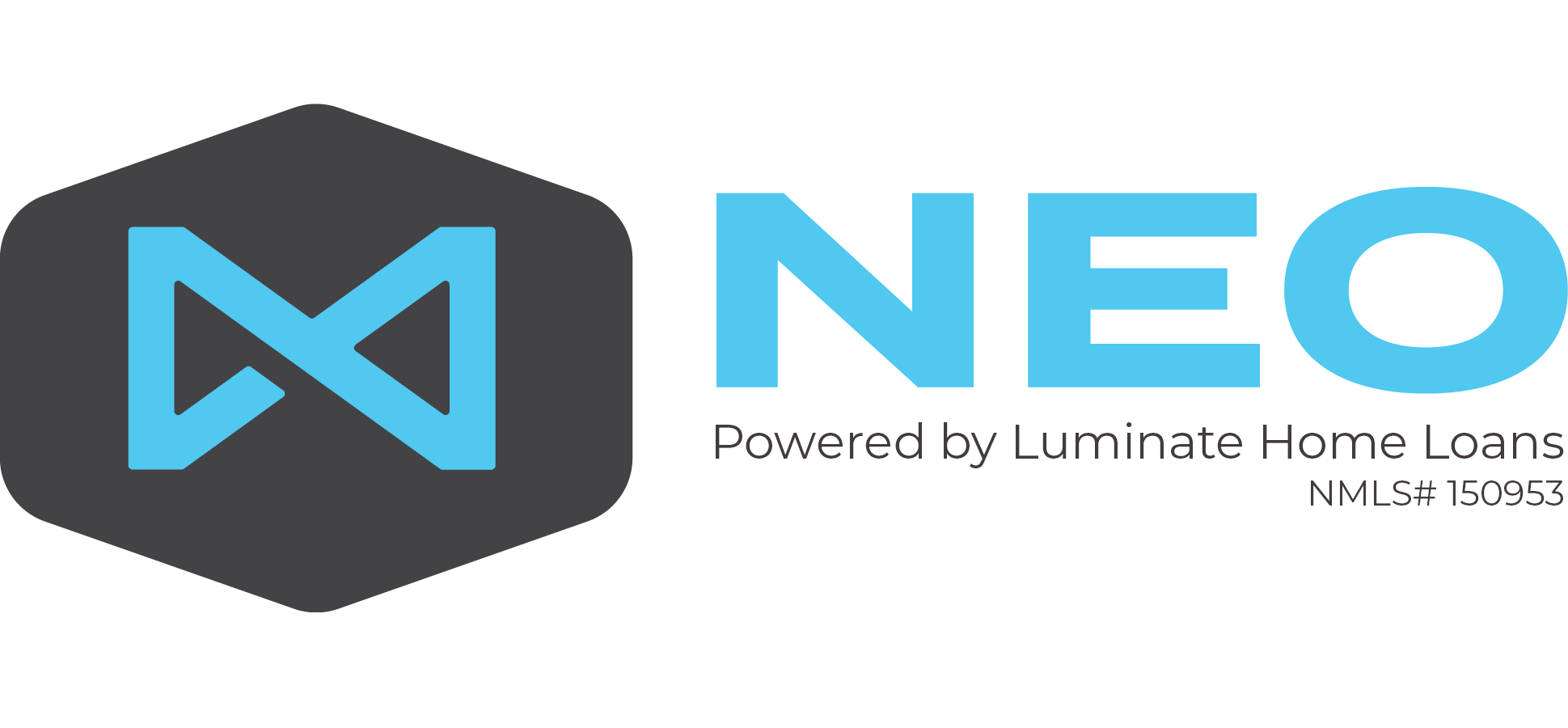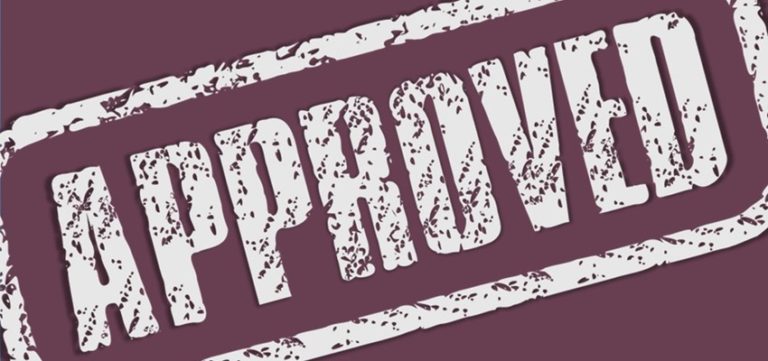 Everyone has heard of the tightening of the credit market but what does that really mean to you? What does that really mean to you as a home buyer? Over approximately the past six years we have gone from a race around a track to get a loan approved to a hurdle race. Let me explain…
Everyone has heard of the tightening of the credit market but what does that really mean to you? What does that really mean to you as a home buyer? Over approximately the past six years we have gone from a race around a track to get a loan approved to a hurdle race. Let me explain…
Let’s Go Back in Time
We hop in the DeLorean, set the date to 11/22/2005 and speed up to 88 MPH (for those of you who have no idea what I am talking about, click here). INSTANTLY, we are six years in the past and we visit a local mortgage lender to discuss getting qualified for a mortgage. The mortgage lender asks you to hold out your wrist and the mortgage loan officer starts to take your pulse. What is this, a doctor visit or a mortgage qualification meeting? Well, about six years ago they were very similar – if you had a pulse you could get a mortgage.
All joking aside, let’s look at what the mortgage industry looked like six years ago. At this point in time there were an array of mortgage products available that allowed any buyer to get qualified. Here is a snapshot of one program that was available at the time:
- No income verification
- No asset verification
- Interest only payment
- Adjustable Rate Mortgage
- 620 minimum credit score
You might be thinking this was a subprime mortgage, right? This type of loan program wasn’t a “typical” mortgage option, right? Actually, this type of mortgage option was more typical than you might think. Since around 2001 the interest rates had dropped, housing prices were going up and the risk to home buyers and mortgage lenders was minimal. When the risk is low and reward is high creativity takes control and loan options like this become available even when common sense says it shouldn’t. There was a push for home ownership in the United States and all combined this created a perfect storm that led to the housing bubble.
Hurdle 1: Fannie Mae, Freddie Mac, FHA, VA
During this time in the mortgage business we had four major types of mortgage options available:
- Conventional (Fannie Mae & Freddie Mac)
- FHA
- VA
- Subprime
Current limitations: Minimum Credit Scores, Maximum Debt-to-Income Ratios, Maximum Loan-to-Values
These are the entities that either purchased mortgage loans after they were provided to home buyers or they insured the mortgages against default. These are the players that made the rules for mortgage qualifying. If one of these entities says they are willing to do a certain type of mortgage, even if it is against all common sense, every lender in the market offers those products. That is how business was done. FHA had no minimum credit score requirements. Every lender did that. Freddie Mc allowed for $1 to be put into the income and run through computerized underwriting with an approval if the credit score was good enough. Every lender did that. I think you get the idea – if it could be done, mortgage companies did it.
Fast Forward, Back to the Future
We are now back to present day on November 22, 2011 and you are looking to get qualified for a mortgage. You go to talk with a mortgage lender and they have you complete a loan application. The loan officer then send you a list of documents they need to review your application and verify everything you just told them about your qualifications. Are we sure this isn’t 1970??? Nope, this is how it is these days. But why? Here’s why:
As the mortgage bubble burst large companies started getting hit with losses either due to the insurance on mortgage loan defaults or the mortgage companies now having to sell off homes that went into foreclosure. Ultimately, someone had to adjust their rules to avoid further loses.
Hurdle 2: Mortgage Insurance (MI) Companies
Mortgage insurance insures the mortgage lender in case the home buyer defaults on their mortgage. The mortgage insurance company normally insures the first portion of the mortgage down to about 70 – 75% of the value of the home. As the bubble burst and the appreciation rates started to become depreciation rates the mortgage insurance companies were getting hit with claims from mortgage lenders requesting payouts on the insurance. They had to make a change. Almost overnight these insurance companies implemented their own rules and set minimum credit score requirements, debt-to-income ratios and loan-to-values. All of these changes instantly impacted the mortgage qualifying environment. Up to this point we were used to Freddie Mac, Fannie Mae, FHA and VA setting the rules but now mortgage insurance companies were setting the rules.
Current limitations with MI: 660 Minimum Credit Score, 45% Max Debt-to-Income Ratio, 95% Max Loan-to-Value
Hurdle 3: Mortgage Investors
Once a mortgage loan officer that works for a mortgage company completes a loan for you the loan gets packaged up with other similar mortgages and sold to mortgage investors. For the most part the mortgage investors are mortgage banks such as Wells Fargo, Citi Bank and Chase. Each mortgage investor (or bank) has their own rules and guidelines for the type of mortgage loans they are willing to accept. Wells may allow for a 620 credit score while Chase will accept only 640 and above. There are literally hundreds of different rules related to customer qualifying and property requirements.
Current limitations: Most have 640 minimum credit score, various other restrictions
Hurdle 4: Mortgage Companies
Mortgage companies are in the business to provide consumers with mortgage loans and then sell those mortgages to various mortgage investors. As the mortgage environments has been changing over the years and at a very fast pace, the mortgage companies have been stuck with collecting payments from consumers because they couldn’t sell the mortgage. The reason they couldn’t sell the mortgage was because at the time they provided the mortgage to the customer the mortgage investor was allowing certain practices but once the loan closed and was ready to be sold the investors had changed their rules and the mortgage company was stuck looking for another home for this mortgage. To alleviate this problem most mortgage companies started to require that each loan has to fit a minimum of two mortgage investors guidelines to be able to provide the mortgage to the consumer.
Current limitations: Minimum two investor rules
Hurdle 5: Loan Officers
Mortgage loan officers are now required to be licensed or registered in the state they provide loans as well as licensed nationally. The purpose of licensing is to ensure that the government knows who is providing mortgage loans and have a method for discipline in the case that a mortgage lender is doing unethical or illegal activity. This change has been a great move for the mortgage industry in my opinion but it certainly provides an additional hurdle to getting qualified for a mortgage these days. Loan officers are looking at each loan carefully to make sure that the loan they provide to a consumer is going to actually result in a good outcome – for the buyer, the mortgage company, the mortgage investor and themselves. If a loan officer originates enough loans that do not have good results eventually that loan officer will likely be without a job. The loan officers will be the front lines of all the qualifications and guidelines to look at your situation and determine if they believe your loan will have a good outcome.
Current limitation: Loan officer review
The Key to Mortgage Qualifying
All of these hurdles are called overlays. The key to having a successful outcome on visiting with a loan officer to get qualified for a mortgage is to select the right loan officer. Every loan officer these days must thoroughly understand overlays and how they impact you as a buyer looking to make a home purchase. They must understand the type of mortgage that best fits your needs and makes sure they have a solution for that need.
Selecting the right loan officer has never been more important.



